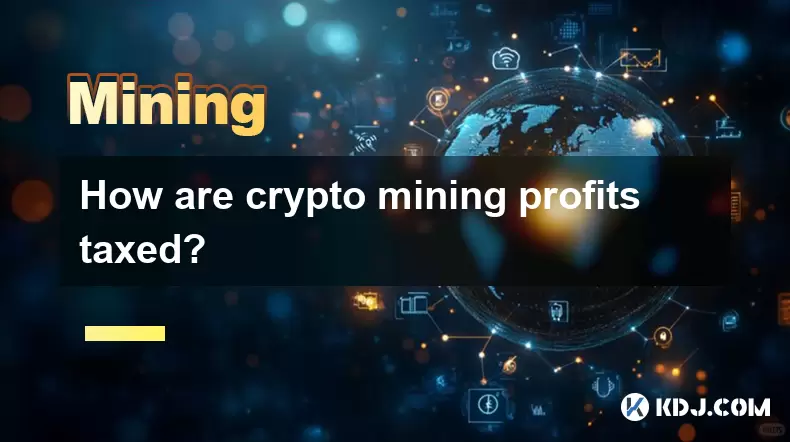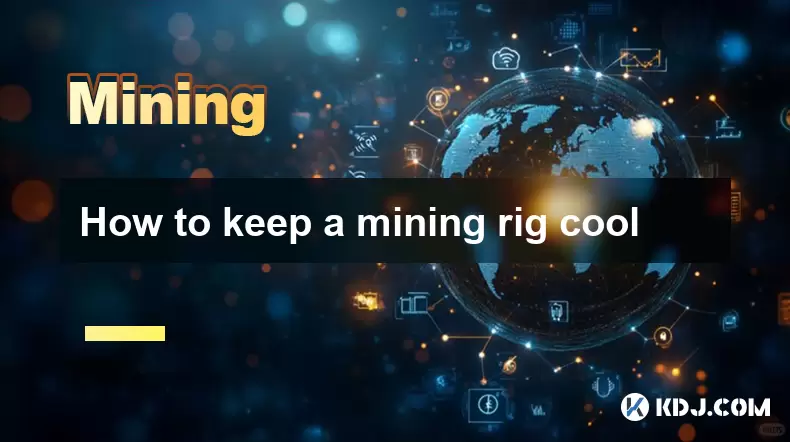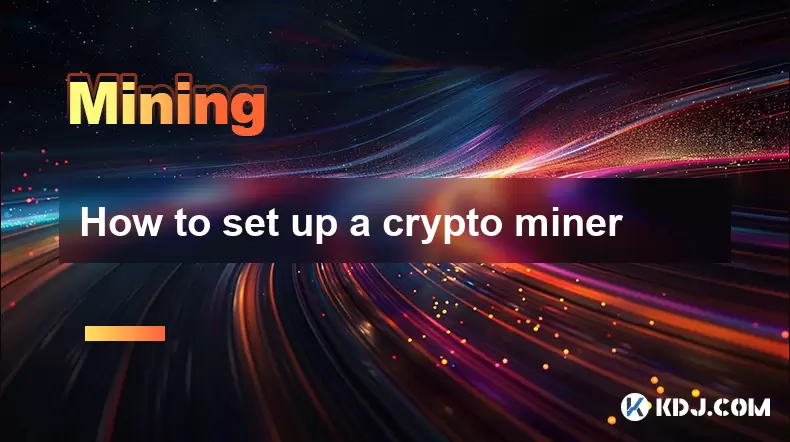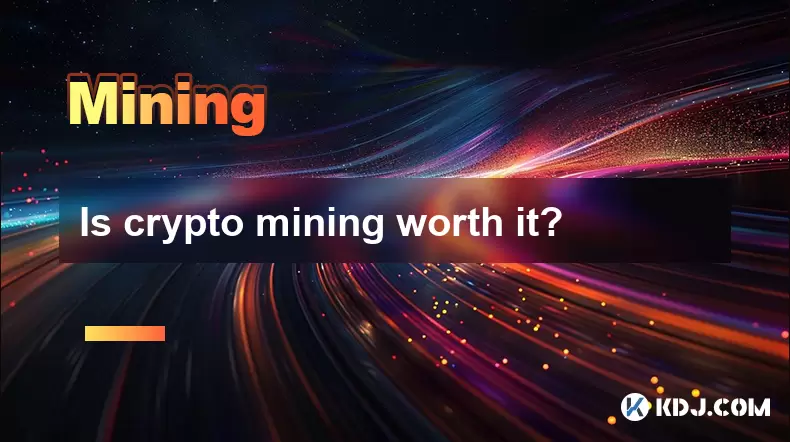-
 Bitcoin
Bitcoin $118,698.3676
0.16% -
 Ethereum
Ethereum $3,428.4877
5.97% -
 XRP
XRP $3.2496
9.52% -
 Tether USDt
Tether USDt $1.0002
0.00% -
 BNB
BNB $725.6930
4.36% -
 Solana
Solana $174.8923
4.52% -
 USDC
USDC $0.9997
-0.02% -
 Dogecoin
Dogecoin $0.2139
6.02% -
 TRON
TRON $0.3155
4.62% -
 Cardano
Cardano $0.8045
7.12% -
 Hyperliquid
Hyperliquid $46.6582
-1.72% -
 Stellar
Stellar $0.4676
0.80% -
 Sui
Sui $4.0143
0.38% -
 Chainlink
Chainlink $17.1546
2.97% -
 Hedera
Hedera $0.2458
3.27% -
 Bitcoin Cash
Bitcoin Cash $496.5967
-0.06% -
 Avalanche
Avalanche $22.8813
3.13% -
 Shiba Inu
Shiba Inu $0.0...01439
3.42% -
 UNUS SED LEO
UNUS SED LEO $8.8389
0.42% -
 Toncoin
Toncoin $3.2113
2.82% -
 Litecoin
Litecoin $101.2646
4.24% -
 Polkadot
Polkadot $4.2262
2.32% -
 Monero
Monero $340.4295
2.92% -
 Pepe
Pepe $0.0...01365
2.92% -
 Uniswap
Uniswap $8.9702
-2.78% -
 Bitget Token
Bitget Token $4.7675
2.00% -
 Dai
Dai $0.9998
-0.02% -
 Ethena USDe
Ethena USDe $1.0003
-0.04% -
 Aave
Aave $324.6394
-2.11% -
 Bittensor
Bittensor $433.6051
-0.88%
How is the difficulty coefficient of Bitcoin mining calculated?
Bitcoin's mining difficulty adjusts every 2016 blocks to maintain a ~10-minute block generation time, comparing network hash rate to a target, and expressed as a ratio reflecting the challenge of finding a valid hash.
Mar 17, 2025 at 03:25 am

Key Points:
- Bitcoin mining difficulty adjusts automatically every 2016 blocks to maintain a consistent block generation time of approximately 10 minutes.
- The calculation involves comparing the total network hash rate to a target hash rate.
- The difficulty is expressed as a ratio, reflecting how difficult it is to find a hash below the target.
- Several factors influence the network hash rate, including miner participation and hardware advancements.
- Understanding the difficulty calculation helps grasp the economics and security of the Bitcoin network.
How is the difficulty coefficient of Bitcoin mining calculated?
Bitcoin mining is a computationally intensive process where miners compete to solve complex cryptographic puzzles to validate transactions and add new blocks to the blockchain. The difficulty of solving these puzzles is dynamically adjusted to maintain a consistent block generation time, approximately every 10 minutes. This ensures the stability and security of the network. This adjustment is crucial for the long-term health of the Bitcoin network.
The core of the Bitcoin difficulty adjustment lies in the concept of a target hash. This target represents the maximum value a hash can have to be considered valid. Miners continuously generate hashes until one falls below this target. The lower the target, the more difficult it is to find a valid hash.
The difficulty calculation itself isn't a simple formula, but rather a process that involves comparing the actual time taken to mine a set number of blocks (2016 blocks) to the ideal time (approximately 20160 minutes, or 10 minutes per block). If the blocks were mined faster than the target, the difficulty increases; conversely, if they took longer, the difficulty decreases.
The difficulty is expressed as a ratio, comparing the current target hash to a fixed initial target hash. This ratio directly reflects how much harder or easier it is to find a valid hash compared to the initial state. A higher difficulty ratio signifies a more challenging mining environment.
The network's total hash rate, a measure of the combined computational power of all miners, is the primary factor influencing the difficulty adjustment. A higher hash rate means more computational power is devoted to mining, leading to faster block generation and thus an increase in difficulty. Conversely, a lower hash rate results in a difficulty decrease.
Several factors influence the network hash rate. The number of miners participating in the network significantly impacts the overall hash rate. More miners contribute more computational power, driving up the hash rate and subsequently the difficulty.
Technological advancements in mining hardware also play a crucial role. The introduction of more efficient and powerful ASICs (Application-Specific Integrated Circuits) allows miners to perform more calculations per second, increasing the overall network hash rate and difficulty.
The price of Bitcoin also indirectly influences mining difficulty. Higher Bitcoin prices incentivize more miners to join the network, boosting the hash rate and consequently increasing the difficulty. Conversely, lower prices might lead some miners to withdraw, reducing the hash rate and subsequently lowering the difficulty.
The energy costs associated with mining also influence the network hash rate. Increased energy costs may force some less-profitable miners to shut down, impacting the hash rate and thus difficulty. This highlights the intricate interplay between economic factors and the technical aspects of Bitcoin mining.
The process of adjusting the difficulty is automated and embedded within the Bitcoin protocol. It doesn't require any centralized authority or intervention. This decentralized nature is a key element in ensuring the network's resilience and security. The adjustment is completely transparent and verifiable by anyone on the network.
The Bitcoin network's ability to self-regulate its difficulty is crucial for maintaining its integrity. Without this automatic adjustment, the block generation time would become unpredictable, potentially leading to instability and security vulnerabilities.
Understanding the dynamic nature of the Bitcoin mining difficulty is essential for comprehending the network's security and economic model. The constant adjustment ensures that the network remains secure and operates efficiently despite fluctuations in miner participation and hardware advancements. It is a key element that distinguishes Bitcoin from other cryptocurrencies.
Frequently Asked Questions:
Q: How often is the Bitcoin mining difficulty adjusted?
A: The Bitcoin mining difficulty is adjusted approximately every 2016 blocks, which typically takes around two weeks.
Q: What happens if the Bitcoin network hash rate suddenly increases significantly?
A: A significant increase in the network hash rate will lead to a faster block generation time. The difficulty will then be adjusted upwards to maintain the target block generation time of around 10 minutes.
Q: Can I calculate the Bitcoin mining difficulty myself?
A: While you can't easily calculate the exact difficulty without accessing the entire blockchain data, you can understand the underlying principles and access the current difficulty via various online resources and blockchain explorers. The calculation is complex and involves specialized cryptographic functions.
Q: How does the difficulty adjustment impact the profitability of Bitcoin mining?
A: As difficulty increases, the profitability of mining decreases because it becomes harder to find a valid hash, and thus, less likely to receive a block reward. Conversely, a decrease in difficulty increases profitability.
Q: Is the difficulty adjustment mechanism perfect?
A: While the difficulty adjustment mechanism is designed to maintain a stable block generation time, it's not perfect. There can be short-term fluctuations and periods where the actual block generation time deviates slightly from the target. However, the system generally works well to maintain network stability.
Disclaimer:info@kdj.com
The information provided is not trading advice. kdj.com does not assume any responsibility for any investments made based on the information provided in this article. Cryptocurrencies are highly volatile and it is highly recommended that you invest with caution after thorough research!
If you believe that the content used on this website infringes your copyright, please contact us immediately (info@kdj.com) and we will delete it promptly.
- Maharashtra Government Nurses Launch Indefinite Strike: A Healthcare Crisis?
- 2025-07-18 04:30:13
- Hilbert Group, Syntetika, and Tokenization: Bridging DeFi and Institutional Finance
- 2025-07-18 05:30:12
- Crypto Regulation in the US House: Decoding the CLARITY Act and What It Means for You
- 2025-07-18 04:30:13
- Superman Soars on Coins and Medals: A Collector's Guide to Comic Art Treasures
- 2025-07-18 05:30:12
- Shiba Inu, AI Tokens, and the Meme Coin Mania: What's Next?
- 2025-07-18 03:50:12
- XRP's Wild Ride: Chasing ATHs and Cloud Mining Dreams in the Crypto Jungle
- 2025-07-18 02:30:13
Related knowledge

How are crypto mining profits taxed?
Jul 14,2025 at 12:28am
Understanding Cryptocurrency Mining and TaxationCryptocurrency mining involves validating transactions on a blockchain network and earning rewards in ...

How to keep a mining rig cool
Jul 12,2025 at 01:42pm
Understanding the Importance of Cooling in Mining RigsCryptocurrency mining is an intensive process that places heavy demand on hardware components, p...

How to mine crypto on a gaming PC
Jul 16,2025 at 12:00pm
What is Crypto Mining on a Gaming PC?Crypto mining involves using your computer's processing power to validate transactions on a blockchain network. A...

How to set up a crypto miner
Jul 16,2025 at 09:14am
Understanding Ethereum Gas Fees: What Are They and How Do They Work?Ethereum gas fees are a fundamental aspect of the network, representing the cost r...

Can you mine crypto on a laptop?
Jul 16,2025 at 02:21am
Is It Feasible to Mine Cryptocurrency on a Laptop?Mining cryptocurrency on a laptop is technically possible, but feasibility depends heavily on the ha...

Is crypto mining worth it?
Jul 16,2025 at 01:21am
Understanding the Basics of Crypto MiningCrypto mining refers to the process of validating transactions on a blockchain network by solving complex mat...

How are crypto mining profits taxed?
Jul 14,2025 at 12:28am
Understanding Cryptocurrency Mining and TaxationCryptocurrency mining involves validating transactions on a blockchain network and earning rewards in ...

How to keep a mining rig cool
Jul 12,2025 at 01:42pm
Understanding the Importance of Cooling in Mining RigsCryptocurrency mining is an intensive process that places heavy demand on hardware components, p...

How to mine crypto on a gaming PC
Jul 16,2025 at 12:00pm
What is Crypto Mining on a Gaming PC?Crypto mining involves using your computer's processing power to validate transactions on a blockchain network. A...

How to set up a crypto miner
Jul 16,2025 at 09:14am
Understanding Ethereum Gas Fees: What Are They and How Do They Work?Ethereum gas fees are a fundamental aspect of the network, representing the cost r...

Can you mine crypto on a laptop?
Jul 16,2025 at 02:21am
Is It Feasible to Mine Cryptocurrency on a Laptop?Mining cryptocurrency on a laptop is technically possible, but feasibility depends heavily on the ha...

Is crypto mining worth it?
Jul 16,2025 at 01:21am
Understanding the Basics of Crypto MiningCrypto mining refers to the process of validating transactions on a blockchain network by solving complex mat...
See all articles

























































































